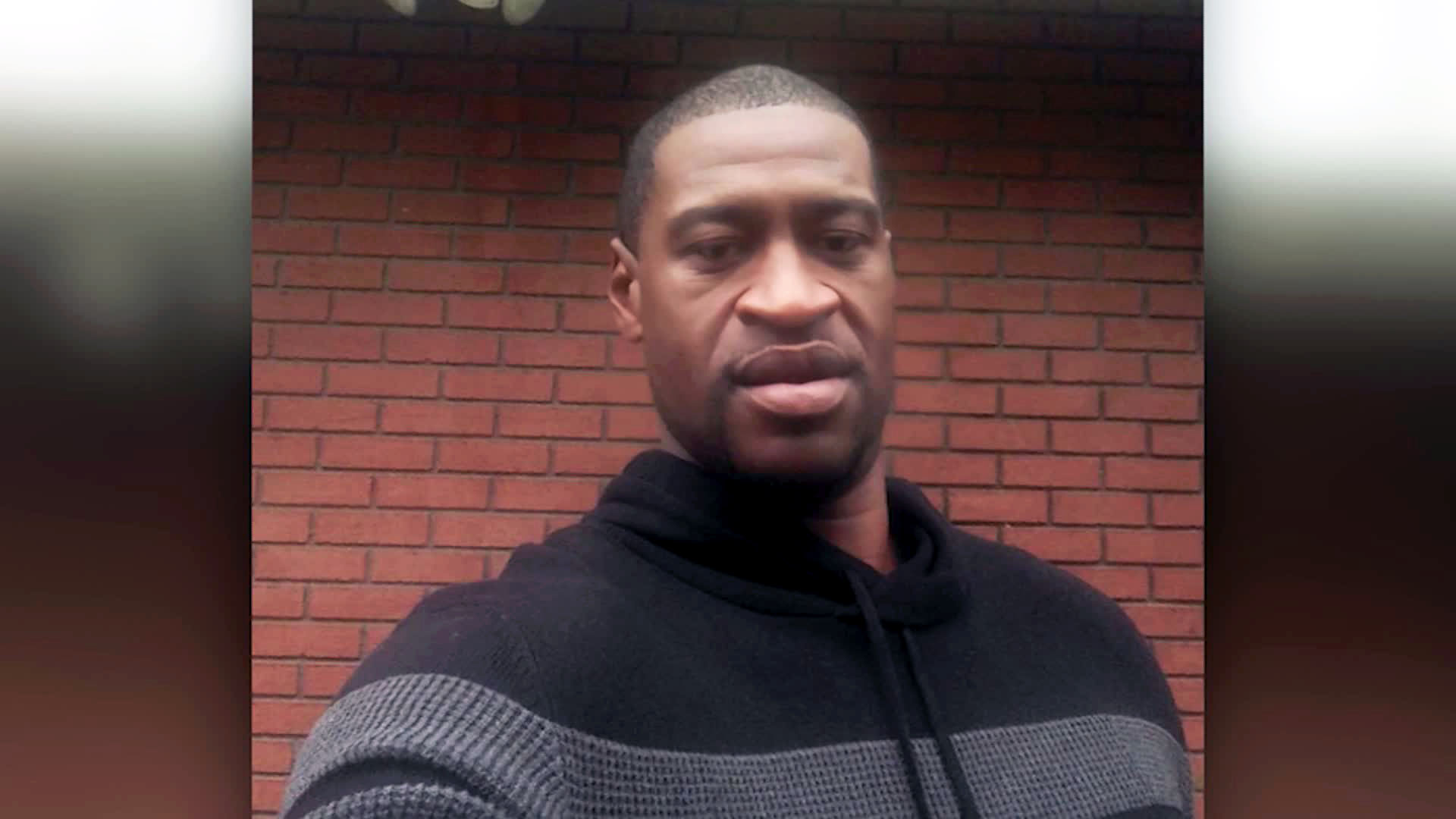OKLAHOMA CITY – One year ago, Oklahoma City police officer Daniel Holtzclaw was convicted of abusing black women in northeast Oklahoma City.
The verdict was a stunner.
After six weeks of testimony and four days of deliberations, the jury came back with a split decision: 18 convictions, 18 acquittals.
While they may have been torn on the verdicts, their rendering of justice came at breakneck speed – 263 years behind bars for Daniel.
The sentence was a soapbox for civil rights leaders.
Daniel crumpled under the weight of all those years.
“We were shocked,” said Daniel’s father, Eric Holtzclaw. “We were not anticipating a guilty verdict at all.”
Eric and Kumiko Holtzclaw have spent their life savings defending their only son.
“He’s my son. I love him. I wouldn’t think twice to give my heart and soul to have him free,” Eric said.
They are focused on his appeal now and evidence they said was misrepresented in court to the members of the jury.
“He didn’t do (it). Yes. So, we are still fighting, every day fighting for him,” Kumiko said.
Daniel’s older sister, Jenny Holtzclaw, has spent the year pouring over her brother’s case, blogging, fundraising and desperately searching for experts to bolster their grounds for appeal.
She is active on social media and the website supporters created, HoltzclawTrial.com.
“We are going to keep on fighting until Daniel walks out of those doors,” she said. “The only thing Daniel has ever wanted is for people to read for themselves and learn about his case because, not only can it happen to a police officer, it can happen to anyone.”
If a verdict is supposed to close the book on a case, this verdict had quite the opposite effect.
The 263-year sentence seemed to open the door to more questions and coverage.
Every few months, another storyline emerged on national news magazines and independent online agencies.
In Enid, Oklahoma on the anniversary of the verdict, December 10, another TV crew is unveiling their take on his case.
Enid is Daniel’s hometown, and it is his 30th birthday.
But, Daniel is miles away, being held in secret, locked up in a prison out-of-state.
Conservative online journalist Michelle Malkin serves up a two-part investigation, detailing Daniel’s innocence.
Despite the verdict and that sentence, Malkin does not think he did it.
“I opened my mind to the shocking possibility that, no, he didn’t do what he was accused of,” she said.
Malkin and a vocal minority have joined with the Holtzclaw family to fight for convicted rapist Daniel.
“We’ve had a lot of support from officers, who tell us they threw him under the bus,” Eric said. “The ones who worked with him know Daniel. The know he wasn’t that kind of guy.”
Supporters believe Daniel got caught up in a national news cycle where anti-police sentiment silenced the facts of the case.
DNA is widely believed to be a sort of microscopic smoking gun.
Epithelial skin cells contain a one-of-a-kind genetic code.
The presence of biological material weighed heavily with the 12 jurors who convicted Daniel.
It was monumental for Oklahoma City police detective Kim Davis.
“My goal was to find the female who matched the female DNA on his pants,” Davis said.
Prosecutor Gayland Gieger told the jury the skin cell DNA was from the vaginal fluid of a 17-year-old victim and it was found inside the fly of officer Daniel’s uniform pants.
Daniel’s defense team now believes Gieger’s statements about the DNA at trial could be grounds for appeal.
“They never tested for vaginal fluid,” Jenny said. “So, to falsify and say that it came from vaginal fluid without testing for it, you cannot say that information when you never once tested for it.”
“The fluid containing the skin cells was absorbed into the pants. That’s what we have. If Mr. Holtzclaw or his supporters are advocating that there is a test that determines that this is vaginal fluid, they are lying. There is no test that does that,” Gieger said.
The family is also concerned about the mystery male DNA found on Daniel’s pants.
It’s not his.
They believe it’s evidence of touch DNA, also known as transfer DNA, the theory that skin cell DNA can easily move from person to person without a sexual assault.
“A lot of people aren’t familiar with touch DNA, from you and I shaking hands,” Jenny said. “Your DNA can be on my clothing. Does that mean you assaulted me? No, it doesn’t. It’s just simply your DNA is on me because we touched each other.”
The male DNA inside Daniel’s pants was never identified.
It may play a role in his appeal.
“Daniel Holtzclaw’s own DNA was not found on the inside his uniform pants,” Gieger said. “I think that speaks louder than anything I could argue as to the ability about someone’s skin cells to get transferred to a piece of fabric.”
For the victims, December 10, 2015 was bittersweet.
Eight of the women were vindicated with convictions.
Five accusers lost in court.
“We’re not okay with rape and sexual assault,” said Grace Franklin, who works closely with some of the victims. “Everybody is at various points. Some are not doing as well as others. Some are doing very well. It’s been a long road.”
Franklin founded OKC Artists for Justice to be a voice for the women who stood up to tell their story in court.
Franklin said many of the women are still being attacked online by rabid supporters of Daniel.
“A year after, it’s not over,” Franklin said. “We’re still battling for the protection of the survivors. We have to start believing survivors regardless who is on the other side, regardless of who they are accusing. We have to believe them and go from there.”
This case was a victory for those women.
They were heard by the detectives, by the jurors, by the court and, ultimately, by the nation.
Is it possible they all got it wrong?
Or, did the disgraced officer get what he deserved?
The legal system has spoken but, one year later, the debate rages on outside the courtroom.



